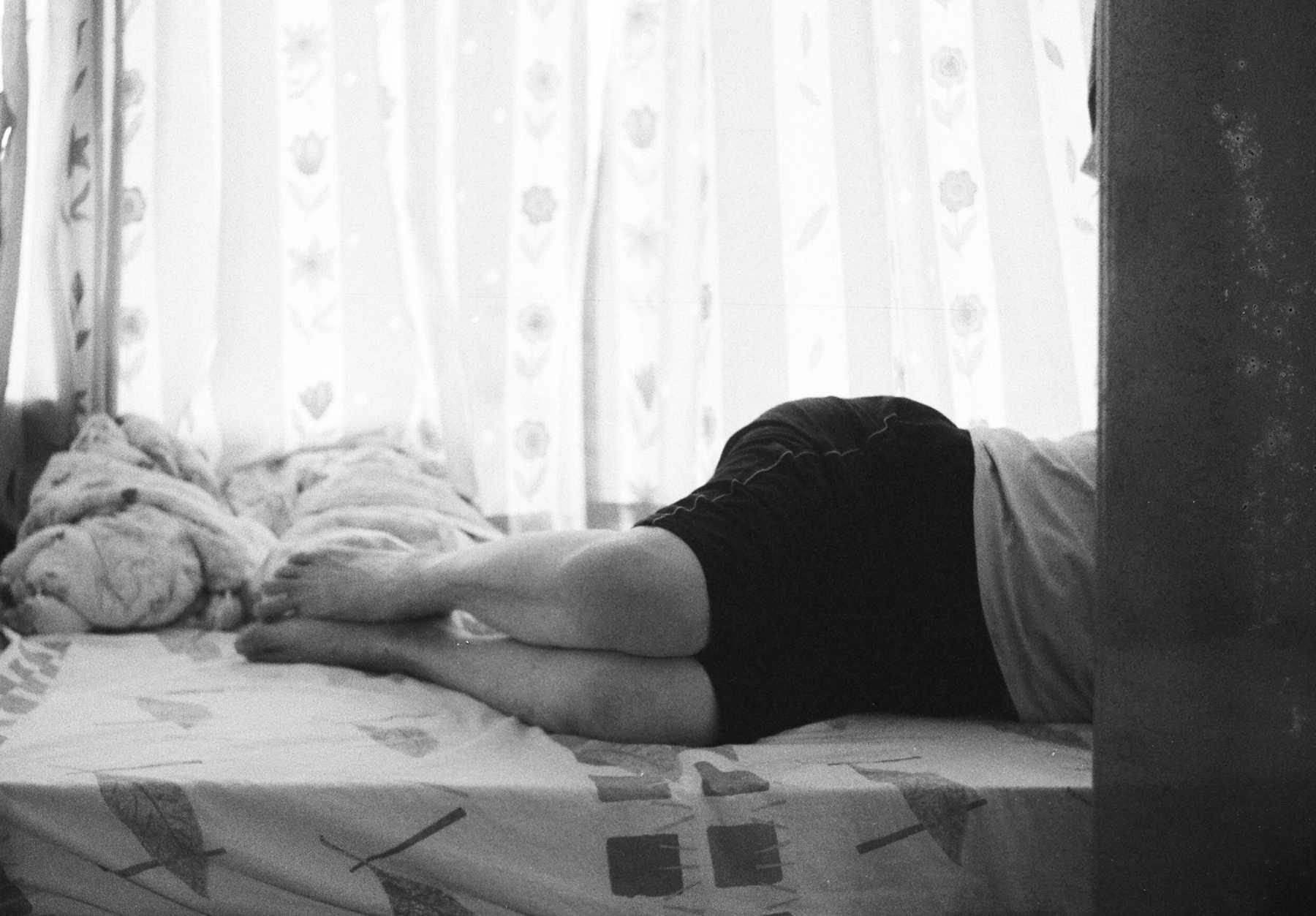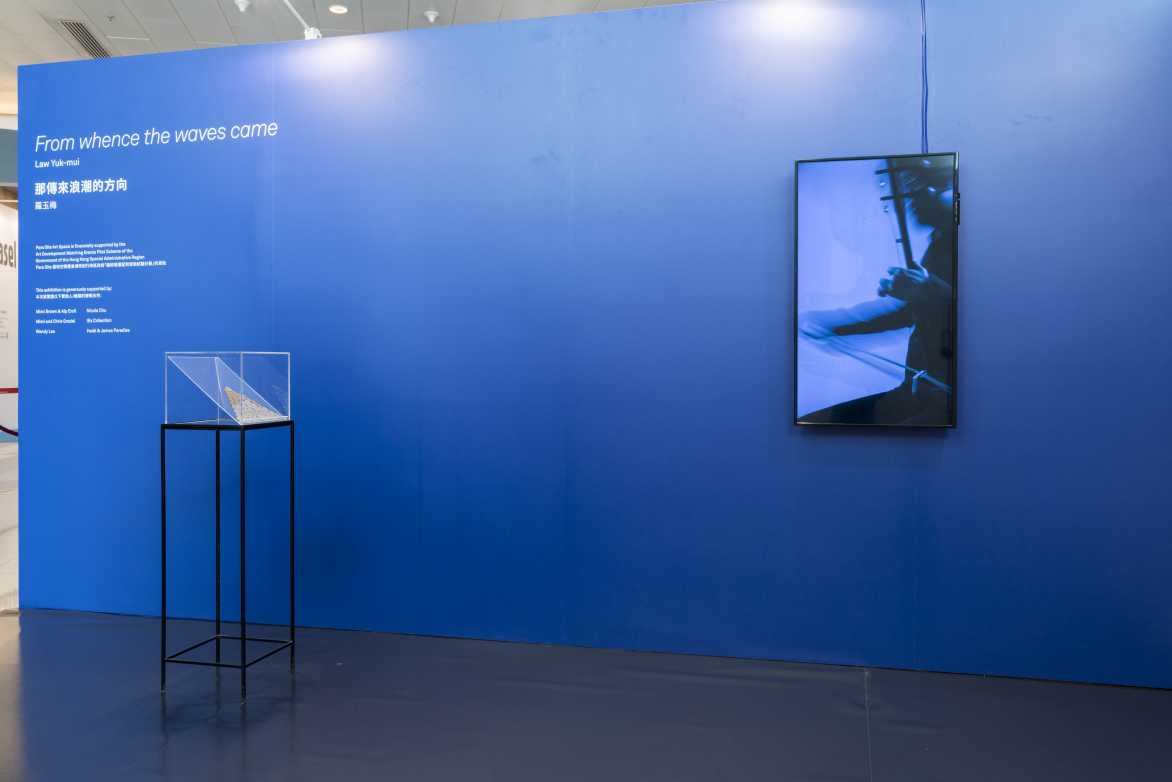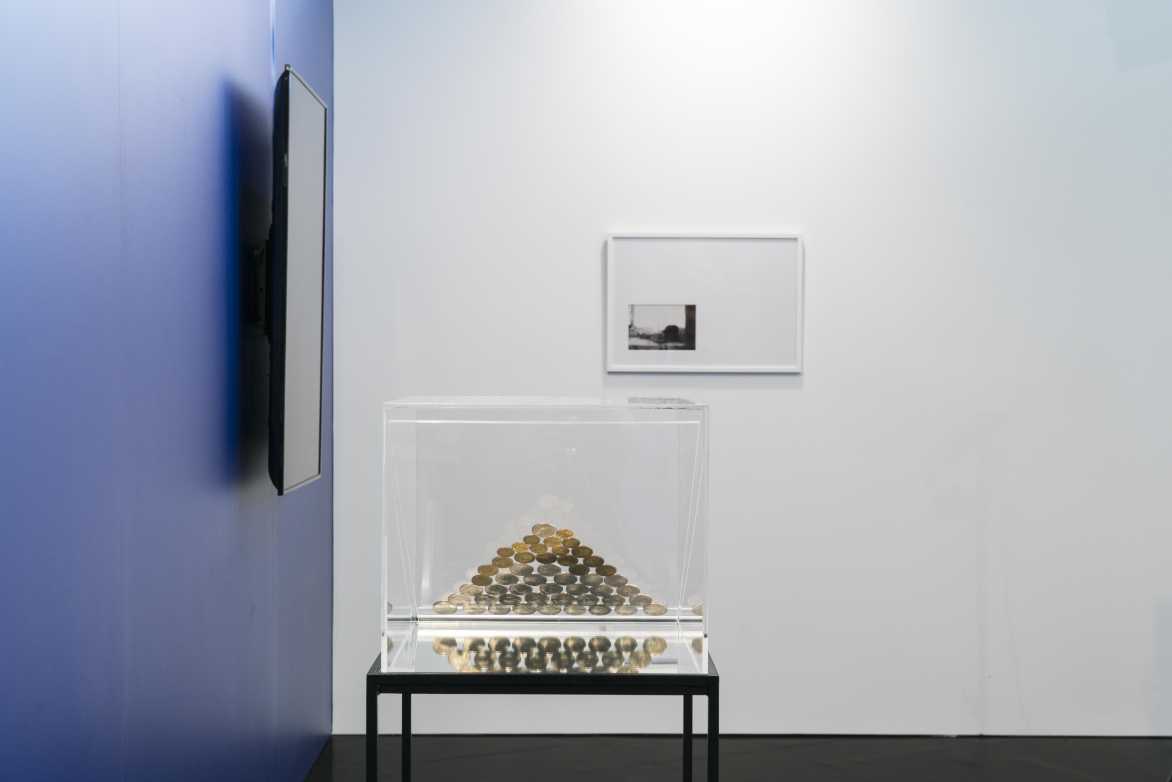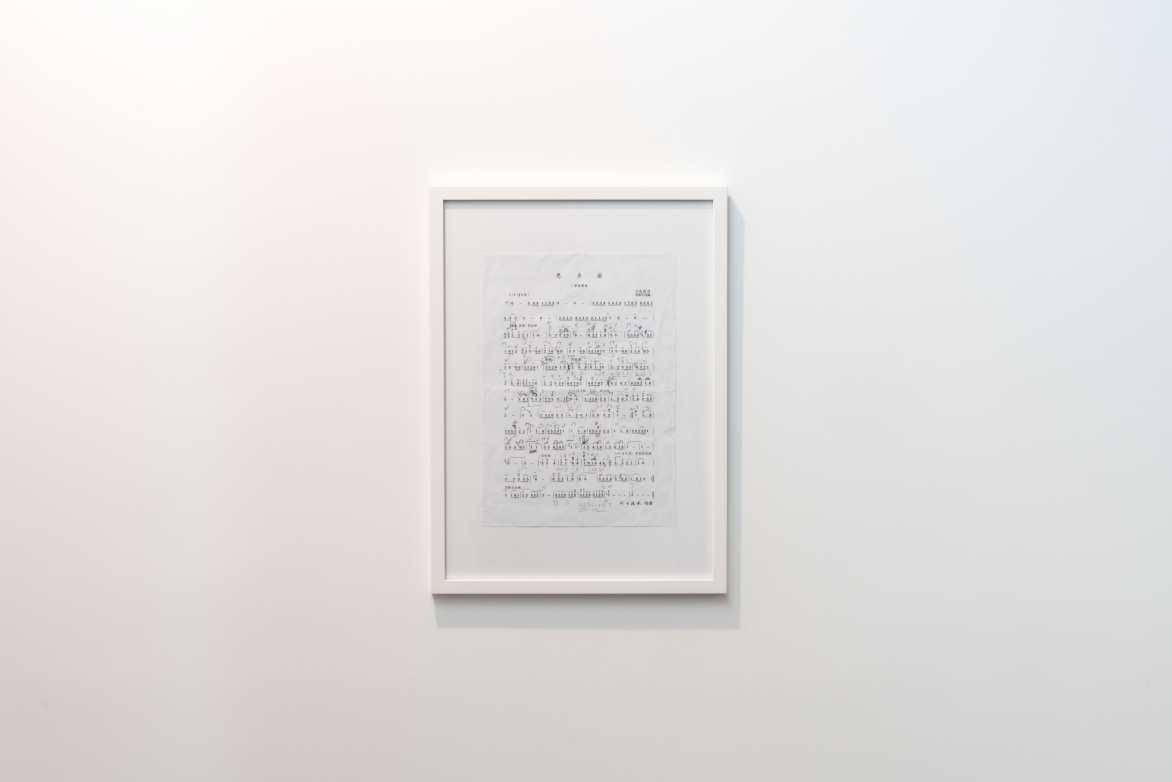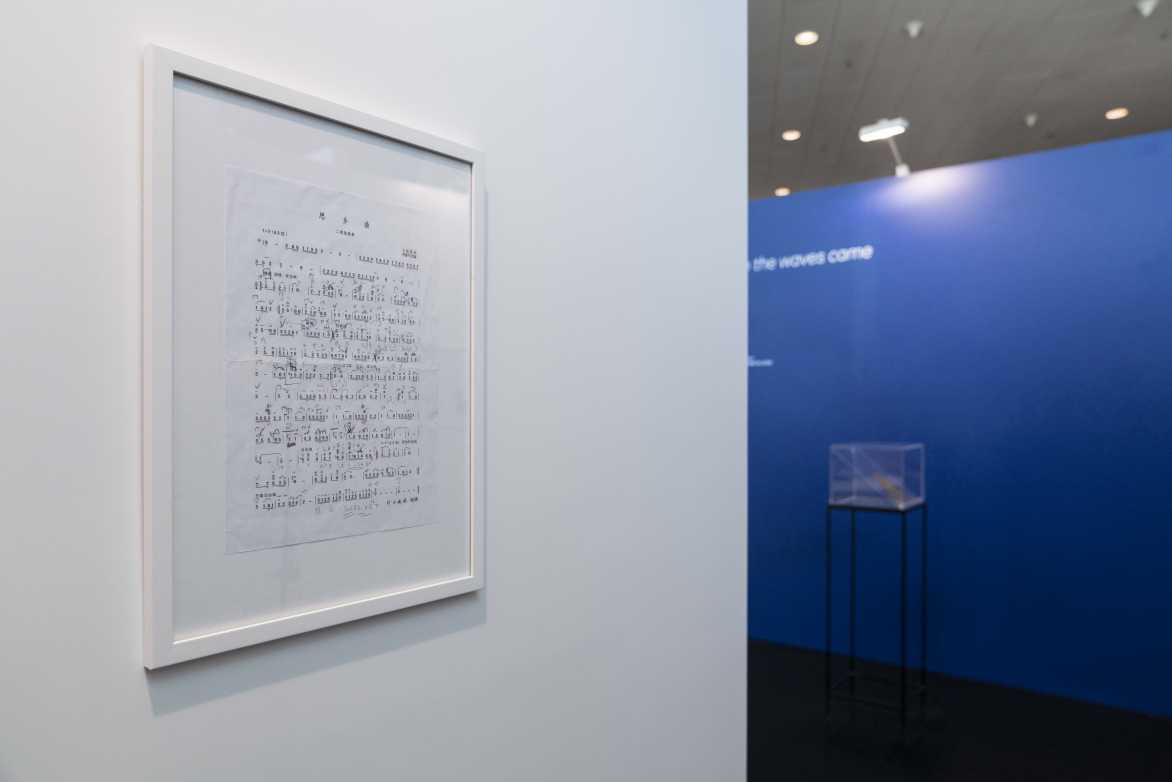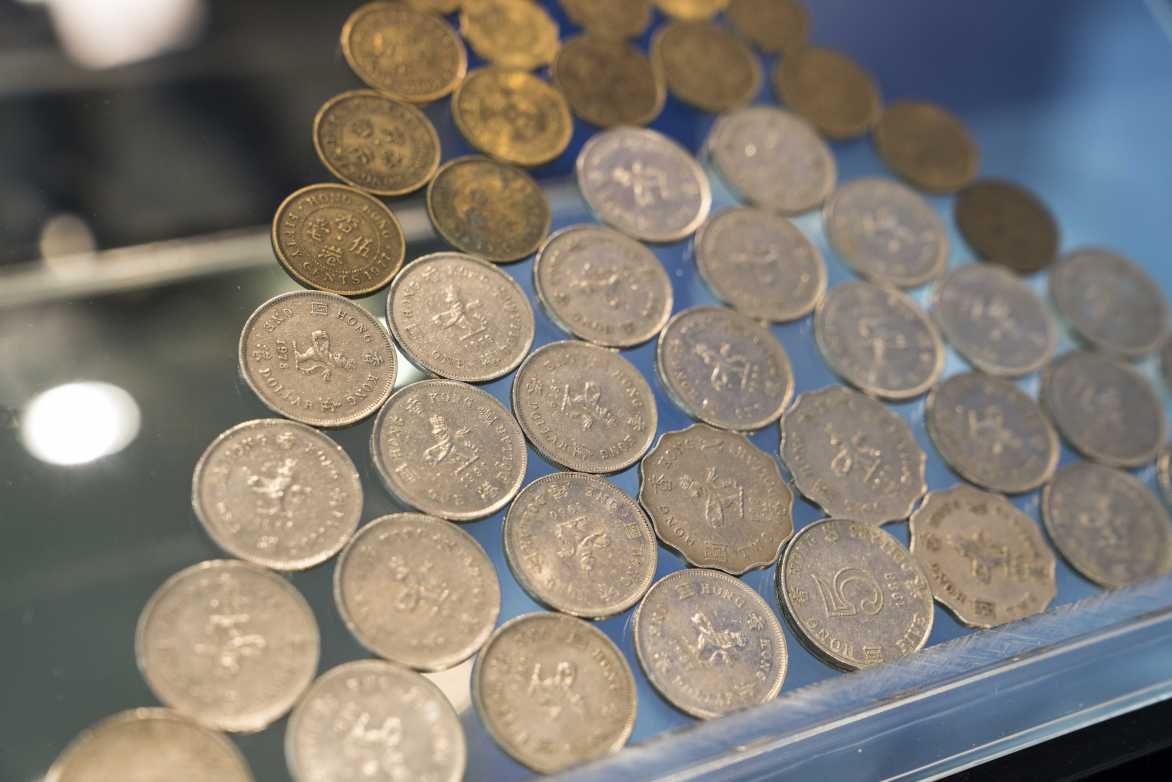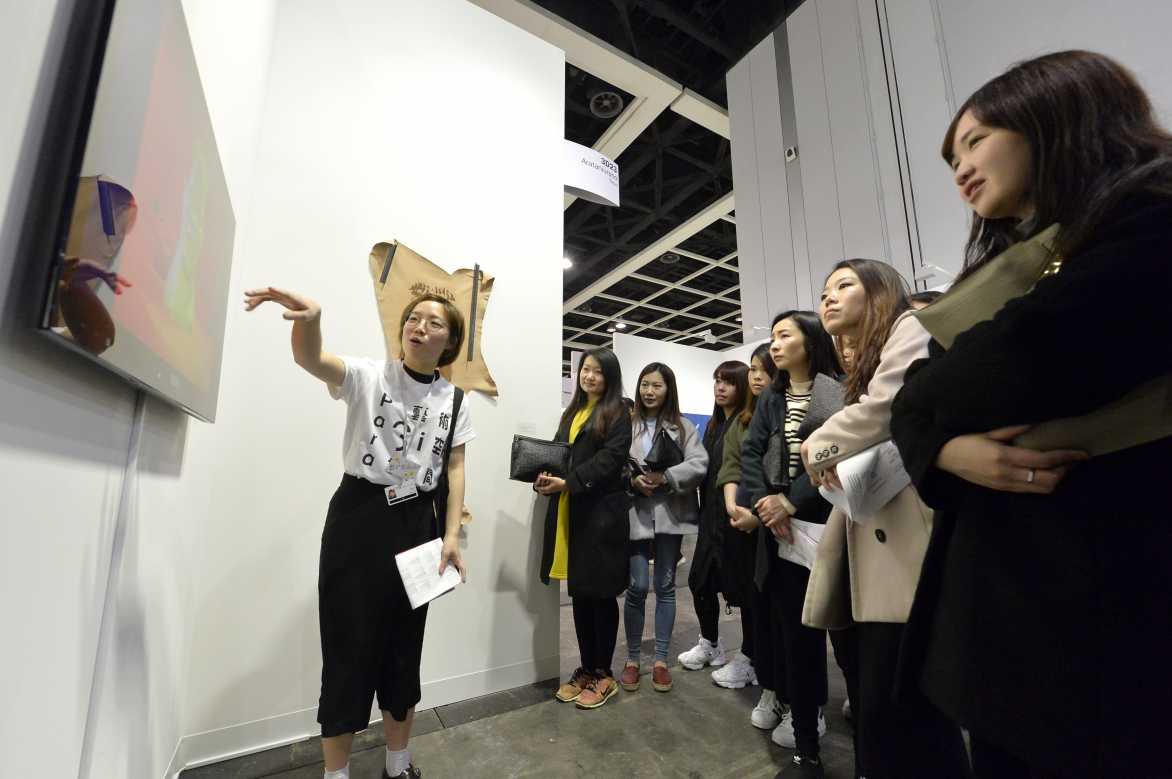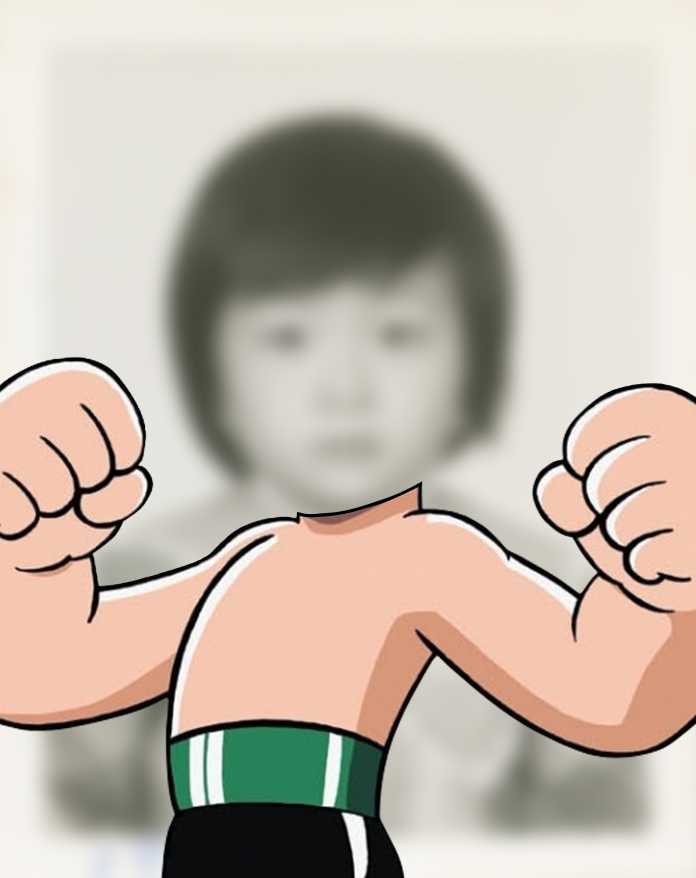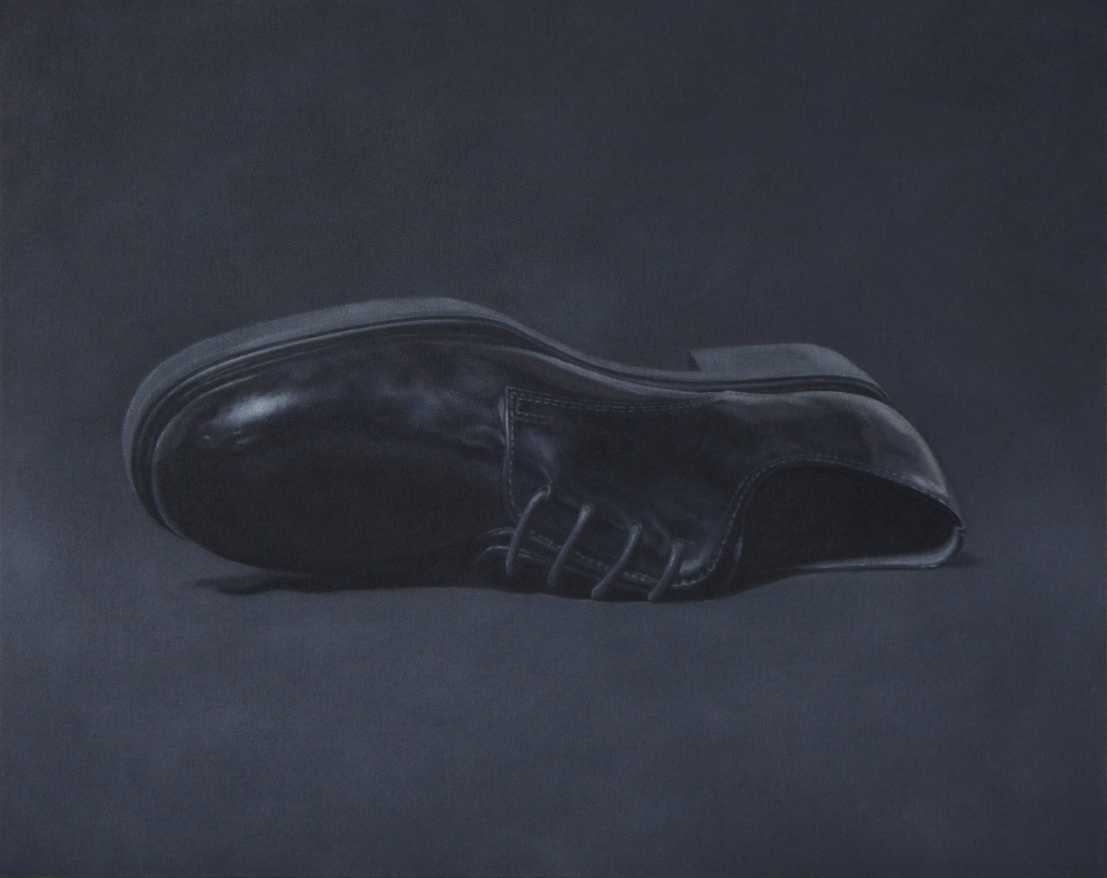
Para Site is pleased to present From whence the waves came, a solo booth exhibition by Hong Kong artist , curated by , at Art Basel in Hong Kong 2018. Building on its established practice since the fair’s beginning in Hong Kong, Para Site provides the opportunity for emerging local artists to experiment and to expand their practice through collaboration and support from Para Site’s curatorial team for newly commissioned works. Previous years featured artists: , amongst others.
In her newly commissioned work From whence the waves came, researches Hong Kong’s landscape and cartography with an approach that is at once sentimental and investigative. Drawing on this research, she creates an alternative map of the city constructed through the stories of migrants from different time periods, interlaced with meaningful events, memories, and imaginary reflections.
Three stories are told here: one is of the Haifeng violinist, , who fled to Hong Kong during the Cultural Revolution and eventually emigrated to the United States; another is of parents who left for Hong Kong in a self-constructed sailboat in 1979; and that of and his parents, who arrived in Hong Kong by boat from Vietnam in the late 1980s as refugees and were later repatriated after having spent many years in Hong Kong’s Whitehead Detention Centre. The stories are each narrated by their protagonist: ’s melancholic tune from the traditional Chinese string instrument, the erhu; recounting family experiences; and reflecting on his changing environments. Strung together with remembered images of Hong Kong’s misty seascape, the flower-shaped two-dollar coins, and the entangled political events throughout Southeast Asia at the time, these stories are brought together like crashing waves, only to drift apart.
builds a layered space of memory with fragmented visual materials like news footage, family albums, photographs from refugee camps, and drawings by Vietnamese child refugees (from the Art in the Camp archive). Within this space, she superimposes stories spanning thirty years into one kaleidoscopic view of the sea: the storm that parents survived, the obstructed grid view of the sea from within the detention centre, and the imaginary seascapes drawn by children. Haunted by echoes of political oppression and the sea as a symbolic commonality, From whence the waves came stirs together the memories of Hong Kong as a city of displacement.
The song Sea Breeze by Haifeng folk band, Wutiaoren, poetically embraces the notion that following the breeze as a way of exploring the world should be celebrated and encouraged. Seventy-eight years prior to the release of Sea Breeze, composed the renowned Song of Nostalgia originally based on a Mongolian folk song. The song was later used as a propaganda tune by the Chinese authorities to stir up nationalistic melancholy amongst the Chinese communities in Taiwan and Southeast Asia. Between the conceptions of “leaving home” and “homesickness”, opens up an ambiguous space that summons at once the idea of foreign land and home, separation and connection, island and root.
The project also includes an essay on the Art in the Camp archive from the International Institute of Social History, Amsterdam, by researcher . Many visual materials from this archive can be found in the exhibition’s video works.
This exhibition is generously supported by:
